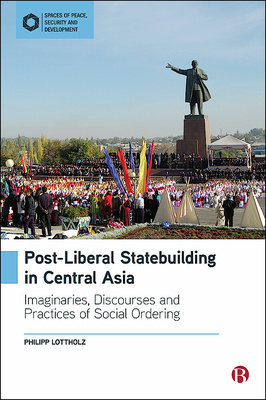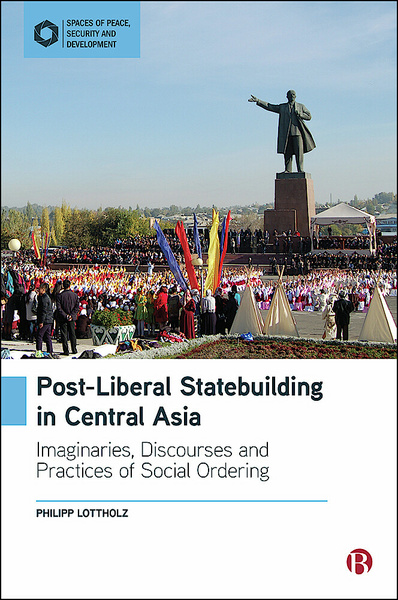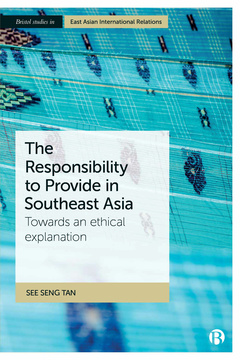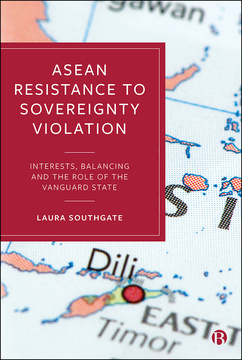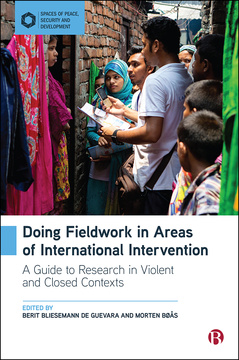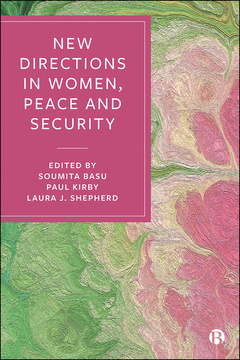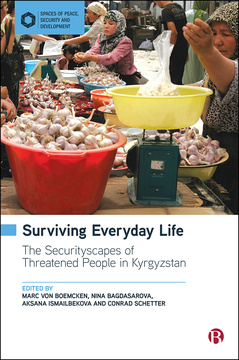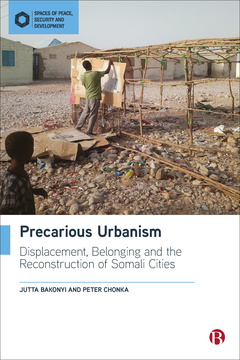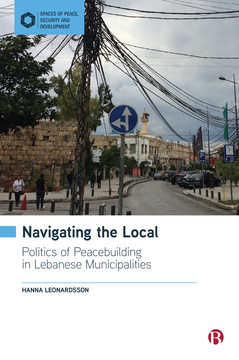Post-Liberal Statebuilding in Central Asia
Imaginaries, Discourses and Practices of Social Ordering
By Philipp Lottholz
ISBN
978-1529220001Dimensions
234 x 156 mmImprint
Bristol University PressISBN
978-1529220025Dimensions
234 x 156 mmImprint
Bristol University PressEPDF and EPUB available Open Access under CC-BY-NC-ND licence.
Drawing on decolonial perspectives on peace, statehood and development, this illuminating book examines post-liberal statebuilding in Central Asia. It argues that, despite its emancipatory appearance, post-liberal statebuilding is best understood as a set of social ordering mechanisms that lead to new forms of exclusion, marginalization and violence.
Using ethnographic fieldwork in Southern Kyrgyzstan, the volume offers a detailed examination of community security and peacebuilding discourses and practices. Through its analysis, the book highlights the problem with assumptions about liberal democracy, modern statehood and capitalist development as the standard template for post-conflict countries, which is widespread and rarely reflected upon.
Philipp Lottholz is a post-doctoral fellow at the Collaborative Research Centre ‘Dynamics of Security’ and the Center for Conflict Studies, Philipps-University of Marburg.
1. Introduction
2, Theorizing Post-Liberal Forms of Statebuilding and Order-Making Globally
3. From Imaginary to Practice: Capturing the Multiple Meanings of Peace, Security and Order
4. Imaginaries and Discourses of Social Order in Kyrgyzstan
5. Local Crime Prevention Centres and the (After) Lives of the State in Rural Kyrgyzstan
6. Shaping Peace, Social Order and Resilience: Territorial Youth Councils and the Field of Youth Policy
7. Reform Deadlock for Stability? The Civic Union ‘For Reforms and Result’
8. Conclusion







